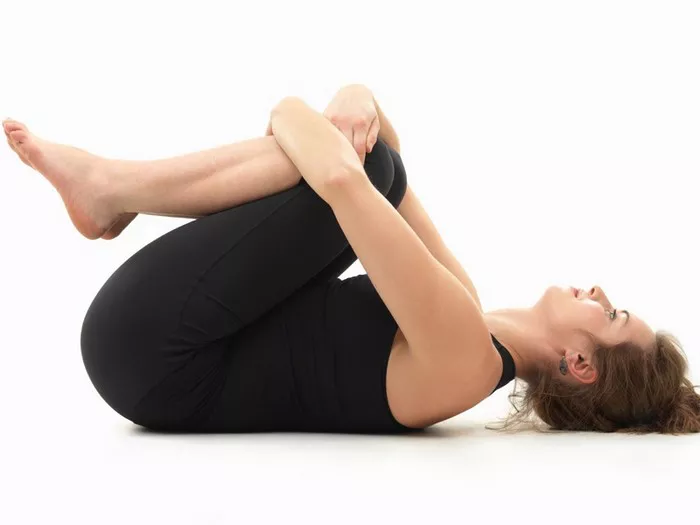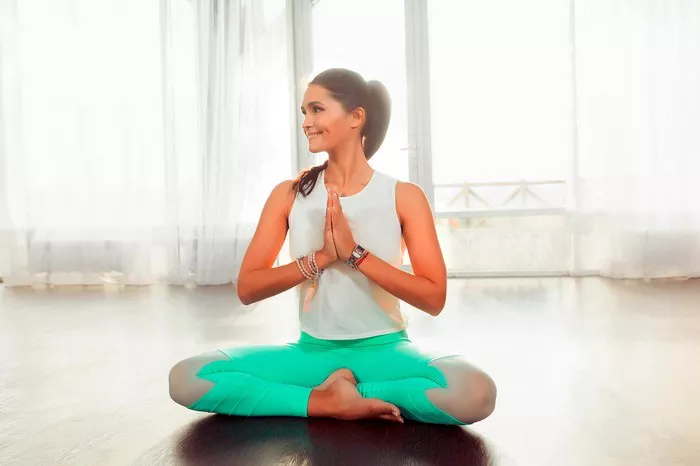High blood pressure, also known as hypertension, is a common health condition that affects millions of people worldwide. While there are various medical treatments available, lifestyle changes and alternative therapies like yoga can play a significant role in managing blood pressure levels. One of the most effective components of yoga for controlling hypertension is pranayama, a practice that involves breath regulation. This article delves into the benefits, techniques, and scientific backing of yoga pranayama for high blood pressure.
Understanding High Blood Pressure
High blood pressure occurs when the force of blood against the artery walls is consistently too high. It can lead to serious health issues such as heart disease, stroke, and kidney problems. Factors contributing to hypertension include genetics, poor diet, lack of physical activity, obesity, stress, and smoking.
The Role of Pranayama in Managing Blood Pressure
Pranayama, derived from the Sanskrit words “prana” (life force or breath) and “yama” (control), is a series of breathing exercises aimed at controlling and expanding one’s vital energy. The practice of pranayama has been shown to reduce stress, improve cardiovascular function, and enhance overall well-being, making it a valuable tool for managing high blood pressure.
Scientific Evidence Supporting Pranayama for Hypertension
Numerous studies have highlighted the positive impact of pranayama on blood pressure levels. Research published in the Journal of Alternative and Complementary Medicine found that participants who practiced pranayama for 12 weeks experienced significant reductions in both systolic and diastolic blood pressure. Another study in the International Journal of Yoga concluded that regular pranayama practice improved autonomic function and reduced hypertension in patients.
Effective Pranayama Techniques for High Blood Pressure
Several pranayama techniques are particularly beneficial for individuals with high blood pressure. Here are some of the most effective ones:
1. Nadi Shodhana (Alternate Nostril Breathing)
Nadi Shodhana, or alternate nostril breathing, is known for its calming effects on the nervous system and its ability to balance the body’s energy channels.
How to Practice:
- Sit comfortably with your spine straight and shoulders relaxed.
- Close your right nostril with your right thumb.
- Inhale deeply through your left nostril.
- Close your left nostril with your right ring finger and exhale through your right nostril.
- Inhale through your right nostril.
- Close your right nostril and exhale through your left nostril.
- Repeat the cycle for 5-10 minutes.
2. Anulom Vilom (Alternate Nostril Breathing with Retention)
Anulom Vilom is a variation of Nadi Shodhana that includes breath retention, enhancing its calming effects on the mind and body.
How to Practice:
- Sit in a comfortable position with your spine straight.
- Close your right nostril with your right thumb.
- Inhale deeply through your left nostril.
- Close both nostrils and hold your breath for a few seconds.
- Exhale slowly through your right nostril.
- Inhale through your right nostril.
- Close both nostrils and hold your breath.
- Exhale slowly through your left nostril.
- Repeat the cycle for 5-10 minutes.
3. Sheetali Pranayama (Cooling Breath)
Sheetali Pranayama helps to cool the body and mind, making it beneficial for individuals with high blood pressure.
How to Practice:
- Sit comfortably with your spine erect.
- Roll your tongue into a tube-like shape and stick it out slightly.
- Inhale deeply through the tube created by your tongue.
- Close your mouth and exhale slowly through your nostrils.
- Repeat the process for 5-10 minutes.
4. Bhramari Pranayama (Bee Breath)
Bhramari Pranayama is effective in reducing stress and anxiety, which are common contributors to high blood pressure.
How to Practice:
- Sit in a comfortable position with your eyes closed.
- Inhale deeply through your nose.
- As you exhale, make a humming sound like a bee.
- Focus on the sound vibrations in your head.
- Repeat the process for 5-10 minutes.
5. Ujjayi Pranayama (Ocean Breath)
Ujjayi Pranayama involves breathing through the throat, creating a soothing sound that calms the mind and reduces stress.
How to Practice:
- Sit comfortably with your spine straight.
- Inhale deeply through your nose, slightly constricting the back of your throat.
- Exhale slowly through your nose, maintaining the throat constriction to create a soft ocean-like sound.
- Continue the process for 5-10 minutes.
See Also: Yoga Pranayama for the Spine Health
Incorporating Pranayama into Your Daily Routine
To achieve the best results, it is essential to incorporate pranayama into your daily routine. Here are some tips for integrating these practices into your life:
1. Consistency is Key
Practice pranayama daily, preferably at the same time each day, to establish a routine. Early mornings or evenings are ideal times as they are generally quiet and conducive to relaxation.
2. Create a Peaceful Environment
Find a quiet, comfortable space where you can practice without distractions. This will help you focus and get the most out of your pranayama sessions.
3. Start Slow and Gradual
If you are new to pranayama, start with a few minutes each day and gradually increase the duration as you become more comfortable with the techniques.
4. Combine with Other Yoga Practices
Incorporate pranayama with other yoga practices like asanas (physical postures) and meditation for a holistic approach to managing high blood pressure.
5. Seek Guidance from a Qualified Instructor
If you are unsure about the techniques or have any health concerns, seek guidance from a qualified yoga instructor who can provide personalized advice and support.
Benefits Beyond Blood Pressure Control
While pranayama is highly effective in managing high blood pressure, its benefits extend beyond just this condition. Regular practice can lead to:
- Improved Respiratory Function: Enhances lung capacity and efficiency.
- Better Cardiovascular Health: Strengthens the heart and improves circulation.
- Enhanced Mental Clarity: Reduces stress, anxiety, and depression, leading to improved focus and mental clarity.
- Increased Energy Levels: Boosts overall energy and vitality.
- Balanced Nervous System: Promotes relaxation and balances the autonomic nervous system.
Conclusion
Yoga pranayama offers a natural, holistic approach to managing high blood pressure. By incorporating these powerful breathing techniques into your daily routine, you can reduce stress, improve cardiovascular health, and enhance overall well-being. As with any health practice, consistency and proper technique are crucial for achieving the best results. Embrace the practice of pranayama and experience the profound benefits it can bring to your health and life.
Related topics:




















